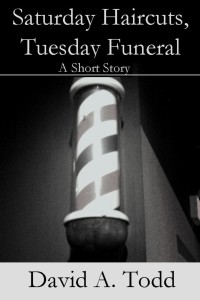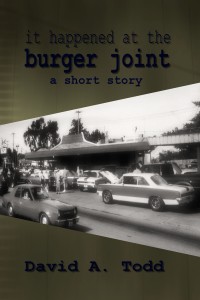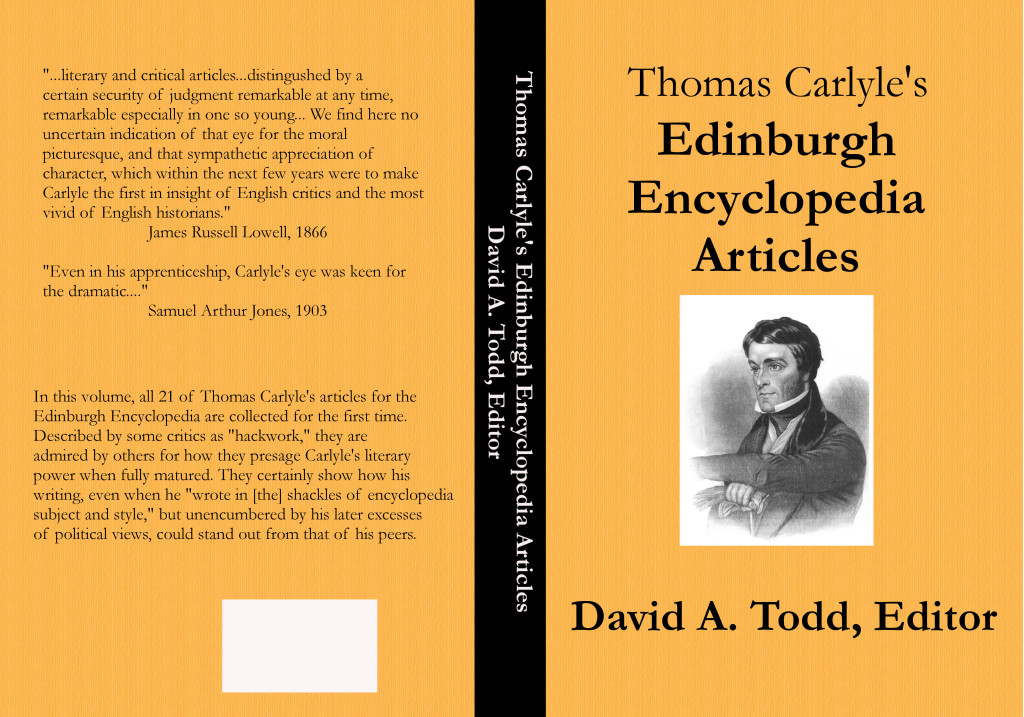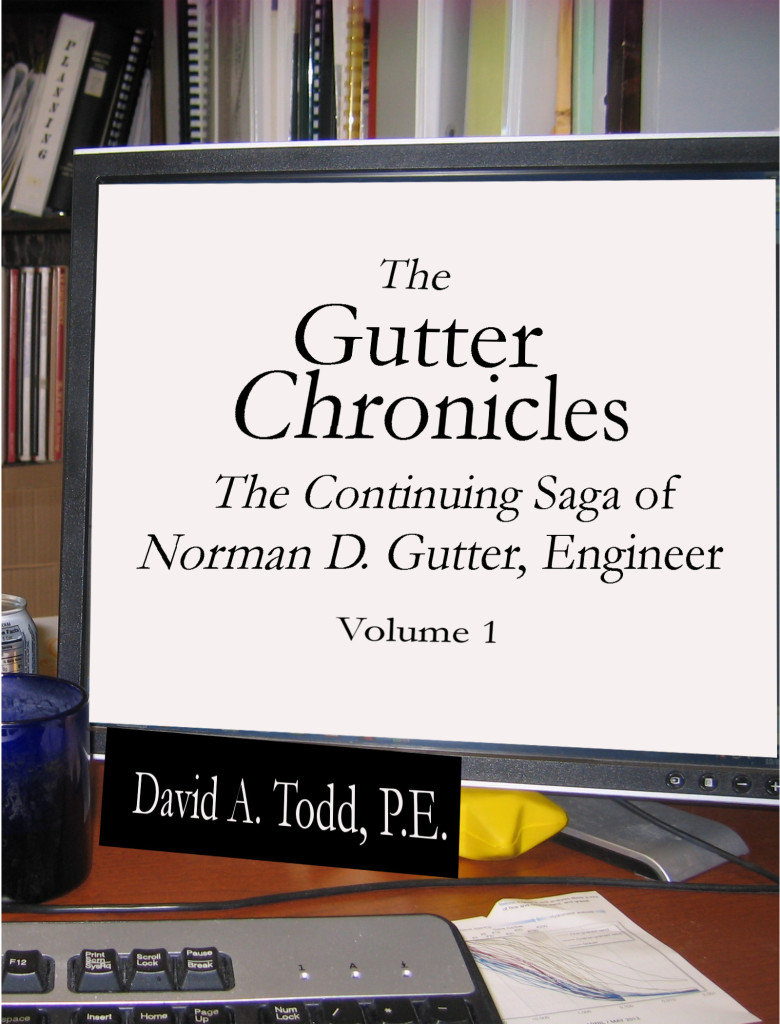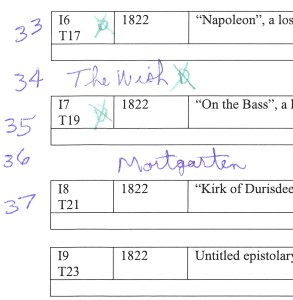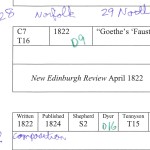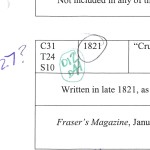It’s Independence Day! On my other blog I’m going to sneak in an extra post about that. But on this blog, I’ll talk about what I’m going to do. Unfortunately, I have way too much to chose from.
Writing is something I could do, of course. I have a manuscript of edits for Headshots, things Lynda and I came up with as we read it aloud last weekend and earlier this week. The edits are: fixing typos, improving word use, improving sentence structure, eliminating redundancies, and correcting a few plot lapses (where I changed something as the book went on, or forgot I’d already written something another way). All but the last can be accomplished in a day, and I’m looking forward to doing so, possibly on Sunday. Another day is all it should take to fix the plot issues. I’ll then be very close to publishing.
Alas, I have some things I need to do before I can give time to the book. The back yard still looks like a disaster zone. I’ve cut most of the small branches from the tree cutting and piled them. Those piles need to be hauled off. Most of the branches that can easily be carried up to the road and hauled to the stump dump have been so hauled. I’ll have one more load to take. All the others I’ll be hauling off into the woods, far enough away, at the request of the wife, to be non-visible from the house. Dealing with the small stuff should be about a six hour job, I figure, or maybe more, too much to do on one day in this heat. But it would be nice today to get the one load to the dump and get two piles hauled into the woods.
Then I’ll begin dealing with those limbs that are big enough to justify cutting into firewood. On Tuesday I moved a bunch of them over to where they are at a convenient place to cut. Others are too heavy to move and will have to be cut into smaller pieces first. I’d like to pile a few more of them, and will try to do so today.
But, alas, we are dog sitting for the weekend, beginning today, and we have company coming in on Saturday. The toilet in the hall bathroom is turned off due to leaking, so fixing that by Saturday midday is a priority. As is getting some things from the store to feed the guests on Sunday. So a couple of hours must go into that.
As they must into clean-up and preparing the house for guests. We aren’t in bad shape, except for papers for filing or sorting on tables. Most of these are Lynda’s mom’s papers. We have taken over that part of her life. Lynda has been working on that sorting and filing this past week. It’s possible that most of that will be done by noon today, with me having to do little or none of it. I’m not even going to think about straightening the computer room, or perhaps will do it a little.
So, will I really get to write? Hopefully an hour on Friday, and on Saturday, and maybe two on Sunday. Except, I’m way behind on filing our own personal papers, and on my budget tracking spreadsheet, on my health expenses spreadsheet, and on our business financial sheets. I see close to ten hours of work on those, though I did make some headway on it last week and this. Then, of course, it is the start of blackberry season. Those blackberries don’t wait to ripen just because I have writing to do. So I will be taking time for them.
But I will write this weekend. I will write. If I keep saying that it might just come true. Now on to the back yard and the cleanup, while it’s still cool outside.
